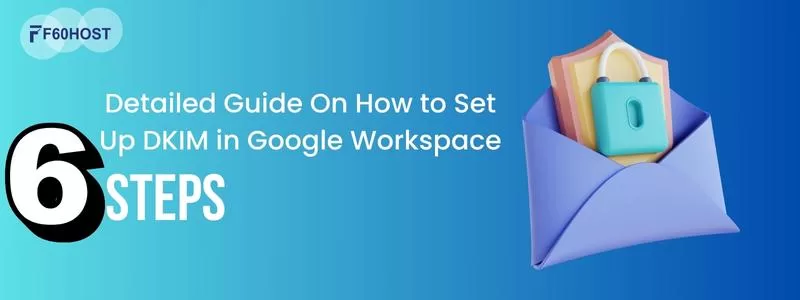Website speed: 5 Ways to Boost the Performance of Your Website

Website speed is a measurement of how fast the content on your page loads. The website speed makes the first impression about your business. It’s essential to understand that you won’t get a second chance when it comes to user experience. Low website speed is one of the most frustrating things that will turn people off from your resource.
Ways to increase your website speed
Step 1: Optimize the size of images on your website
Everyone likes images that attract their attention. On your product pages, use a lot of photos, images, and graphics to increase engagement. The disadvantage of using images is that they are typically huge files that cause a website to load slowly. Pages with lots of images and other content can often end up being over 100KB in size. To reduce the size of the image to increase your website speed.
Step 2: Reduce the number of plugins
Plugins are a regular part of every website. They also remove the need to deal with a lot of code, resulting in a much more user-friendly experience when working on your site. They’re also quite simple to set up. Unfortunately, the more plugins you have, the more resources you’ll need to keep them running. As a result, the website will load more slowly, and security issues may arise.
Not only does the amount of installed plugins affect website speed, but so does their quality. Plugins that load a lot of scripts and styles or make a lot of database queries should be avoided. Deactivating and deleting ones that are no longer needed can increase overall speed while also making maintenance easier and better.
Step 3: Move your website to a better host
The majority of new website owners opt for the cheapest hosting service available. While this may be sufficient at first, if you begin to receive more traffic, you will most certainly need to upgrade. Don’t scrimp on your host; find someone you can rely on. Here’s a terrific collection of reviews on the finest web hosts.
There are three types of hosting available:
- Shared hosting
- Virtual Private Servers (VPS) hosting
- Dedicated server
Sharing hosting is the most commonly used type of hosting utilised all over the world. That is the most cost-effective option to have your site up and running in a short period of time for a minimal rate. With shared hosting, your CPU, storage space, and RAM are shared with other sites on the same server.
Virtual Private Servers are much faster than other servers. You still share a server with other sites when you choose VPS hosting, but you get your own dedicated resources. This is a decent in-between choice. VPS will be the best solution for you if your website gets typical traffic or if you have an eCommerce site with traffic spikes at certain times.
A Dedicated server might thus be compared to owning a home. You don’t share resources with anybody else, and all maintenance is your own. You get a lot more room with a dedicated server, but you also have to do a lot more configuration and technical setup. A dedicated server is the most expensive hosting. F60 Host provides a terrific starting point for ambitious website owners: shared hosting options that won’t break the bank or add to your to-do list.
Step 4: Use website caching
Caching is the technique of saving the most recent version of your website on your hosting server and displaying it until it is updated. This means that the web page does not have to be re-rendered for each user. A cached web page does not need to make database requests every time it is accessed.
The methods for website caching vary depending on the platform on which your website is built. You can use the W3 Total Cache or W3 Super Cache plugins for WordPress. You can also enable caching in your general settings if you utilise a VPS or a dedicated server. Website caching is usually not available on shared servers.
Step 5: Use a Content Delivery Network (CDN)
Each person who sees your site sends requests to the same server if it is hosted on one server. This implies that when your site receives a lot of traffic, the time it takes to process each request increases, slowing down all load times. Even when there isn’t a lot of traffic, load times are longer for users who are physically farther distant from your server since the information has to travel a longer distance.
A CDN (Content Delivery Network) can assist you in resolving these problems. Your site is cached on a global network of servers when you use a CDN. When a user’s browser requests files from your site, the request is forwarded to the server that is nearest to the user. User requests are forwarded to the nearest server with CDN. As a result, content is sent to users more quickly, and websites operate more quickly. This is an expensive, yet very effective, method of increasing website speed.
Conclusion
As a result, we recommend using the following basic yet effective website speed optimization strategy:
- Examine and assess the most important aspects of website success, such as conversion, visibility, and usability.
- In terms of these three elements, test your current website speed and prioritise the pages and features that require the most attention.
- Start with the most time-consuming components of your optimization and concentrate on the pages that have the greatest impact on your conversion performance.
- Reduce the size of the image to increase your website speed.



